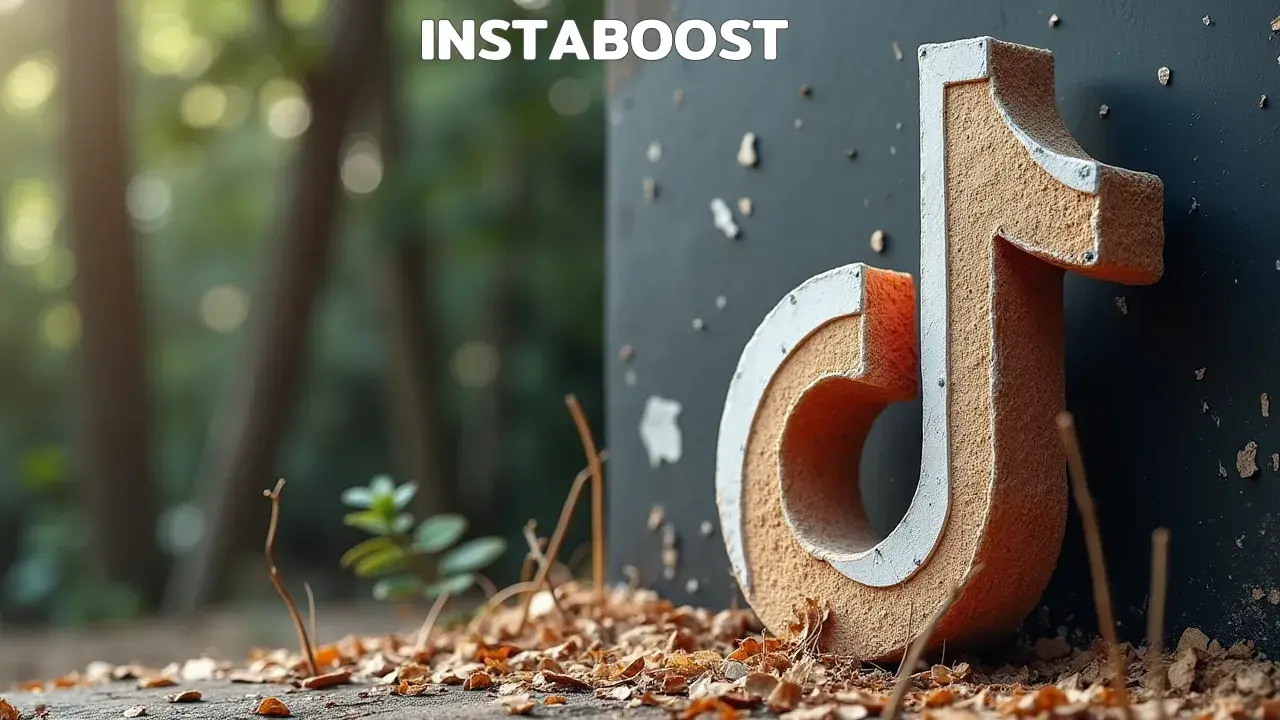How To Spot Fake TikTok Likes Before They Hurt Reach?
Early detection of fake TikTok likes helps preserve steady growth. Watch for sudden like spikes paired with flat comments, weak saves, and no watch time lift in the first hour, since real engagement tends to stay balanced. When performance is genuine, visuals win the scroll and simple narratives keep watch time, lifting holds and replays. Use these signals to choose boosts that sustain momentum and stack consistent growth over time.
Why Fake Likes Quietly Kill Your Reach
Fake TikTok likes don’t only look off – they interfere with how the platform checks quality and can start shrinking your reach before you notice. TikTok rolls each video to a small test group first, then widens the net based on real behavior: watch time, rewatches, shares, comments, profile taps, and follows. When you buy likes, you inflate one surface metric that doesn’t match those deeper signals, so the system reads it as lots of taps with weak retention. That mismatch marks your video as low value, and the hit can carry into your next few posts. The fix is catching fake engagement early so you don’t lose momentum.
This guide shows what to watch for: sudden like spikes, clusters from countries that don’t fit your audience, comment-to-view ratios that feel off, and dips in watch time that expose vanity boosts. We’ll also get into the metrics that actually move reach on TikTok in 2025, like average watch duration, segment-level completion rate, and shares that start new sessions, and how small process tweaks can quietly enhance TikTok strategy without leaning on vanity numbers. You’ll see how cleaner edits, well-chosen sounds, and tight micro-stories push these signals more than flashy visuals, and how AI tools can help you pressure-test audience quality without gaming the system.
By the end, you’ll have a simple post-by-post audit checklist, a quick sniff test for fake likes, and a recovery plan if your data’s already messy. Spotting fake likes isn’t about virtue – it’s about protecting the feedback loop that lets good work travel. If you want steady traction and reliable For You placement, learning to detect and filter bogus engagement becomes part of the routine you run quietly in the background, every time you post, and again when the numbers feel a bit off.

Why You Should Trust This Playbook Over Vendor Promises
I didn’t get smarter; I started paying better attention. After looking at hundreds of TikTok accounts with reach drops, the same pattern keeps turning up. Creators say their videos “stopped working,” but the numbers say something else: big spikes in likes while watch time stays flat, completion rates dip, and shares barely move.
That mismatch is exactly how the For You model tags low-quality posts. TikTok leans on behavioral coherence. If a pile of likes isn’t matched by longer average watch, rewatches, or comments, the system treats the video as overhyped. I’ve tested this across beauty, gaming, and real estate. I segmented traffic sources, isolated geos, and watched retention curves after suspicious like bursts. The outcome doesn’t change: early test pools stall, impressions hit a ceiling, and the next few posts warm up slower.
You can see it in your own analytics. Run a simple check: publish two near-identical videos a week apart, don’t push them externally, and compare three signals – view-to-like ratio, 3‑second hold rate against average view duration, and share/comment density. If likes climb while the other two lag, that’s not momentum; that’s your trust score thinning. Catching fake likes before they drag down reach isn’t paranoia; it’s upkeep. Treat likes as a lead, not a conversion. Real traction shows up in profile taps, follows, and completions.
Vendors will sell “safe engagement,” but the platform still rewards coherent behavior, and even browsing debates about tactics like buy followers on tiktok can help you see how mismatched metrics erode distribution. If your metrics don’t rhyme, the algorithm won’t sing. If you want to dig deeper, look into TikTok retention vs reach correlation.
Build a “Signal Audit” You Can Run After Every Post
The strongest moves don’t announce themselves – they land and move on. I treat fake TikTok likes like a weekly systems check, not a vibe check. After each post, I do a 10-minute triage: line up likes against three anchors – average watch time, completion rate, and shares per thousand views. If likes jump two to three times while watch time and shares stay flat, that points to synthetic lift.
Then I check velocity: fake likes tend to show up in clumps from new or private accounts in the first hour; real engagement trickles in over 6 to 18 hours as the video moves through fresh For You test pools. I layer in intent signals: comments that mention a specific moment (“the cut at 0:07”), profile taps, and saves. When a video works, those rise together; when numbers are juiced, they split. To pressure-test audience quality, I run a controlled post: no hashtags, no cross-posting, one clean hook, and a reason to watch to the end. If that quiet post still holds steady retention with modest likes, the base is sound; if likes look high and completion is weak, there’s contamination.
I also segment by geography: sudden like clusters from places I don’t target often ride with reseller traffic. I log all of this in a simple sheet so I spot trend breaks, not one-off blips. It helps me catch fake likes before they hurt reach, and it lines me up with how TikTok ranks – watch time, rewatches, and shares doing most of the work. When I need more context, I look up TikTok engagement rate benchmarks and see where my numbers sit against the field and likes for better tiktok visibility (https://instaboost.ge/en/buy-tiktok-likes).
When the Metrics Don’t Add Up, Push Back on the Premise
So what do you do when nothing moves? You’ve run the Signal Audit, the math is clean, and you’re still stuck under a reach ceiling. That’s when you stop taking the platform’s story at face value and start running your own. Push back by isolating variables. Turn off paid boosts, skip cross-posting for a week, and keep your usual cadence while changing one thing: distribution risk.
For three uploads, cap outbound traffic – no link-in-bio CTAs, no “share to DM” nudges. If watch time and completion climb while likes stay flat, you’ve likely been feeding TikTok a weak audience pool – from old bought likes or mismatched traffic. If nothing changes, move to quality-of-view tests: trim the intro by a beat, bring the hook to 0.3 seconds, and tighten cuts to clear dead air. You’re trying to separate fake TikTok likes from friction in the video itself.
Also look at where viewers come from: if your audience leans toward regions with lower retention for your language and niche, the model slows discovery. Do one localization pass – captions in your primary viewer language, relevant hashtags, and a topic tag that actually fits the video. Then track a real benchmark: saves per thousand views. Saves are harder to fake and tend to predict follow-on reach in For You, which is why some teams quietly obsess over a grounded tiktok view strategy even more than raw likes. Finally, run a cold-start post with no recycled audio or duets; reused trends can carry stale engagement fingerprints. If that clean post performs better with fewer likes but higher saves and completion, the problem isn’t “the algorithm” – it’s noise in the signals you’ve been sending. And that’s how you keep reach from getting quietly capped, before it settles in and
Ship It Clean, Then Close the Loop
Ship it clean, then close the loop. Endings should land, not echo. Finish the post, then do a simple debrief that ties numbers to choices, not moods. Note the baseline from the first hour – watch time, completion rate, shares per 1,000 views – what distribution risk you changed, and what the system actually rewarded.
If likes jump but completion is flat, call it dirty data and don’t use it to shape creative. If completion climbs and shares follow, double down on what likely caused it: tighter cuts, cleaner pacing, a clearer micro-story. Those beat vanity bumps every time. Save one rule to carry forward (like “no CTA until 70%” or “sound hook in the first 0.3s”) and one thing to test next. That’s how the flywheel compounds without inflating your ceiling. Before archiving, check audience quality: comment velocity, save rate, repeat viewers by territory.
Low-quality clusters often look like likes from disconnected geos with shallow comments – classic fake engagement. Tag the post “clean” or “tainted” so future A/Bs don’t average in noise. Then reset: remove cross-post tells, skip paid boosts, and seed a fresh audience for the next upload. Treat each post like a small experiment, throw out junk signals fast, and let trustworthy metrics do the talking. It’s less about being suspicious and more about keeping the algorithm from steering your decisions when it shouldn’t, keeping your TikTok analytics useful… and, as a side note, the cleaner your signals, the more you’ll get shared more on TikTok organically without chasing decoys.
Frame the Stakes: Fake Likes Don’t Just Look Bad – They Break Your Feedback Loop
If there’s one thing to hold onto, it’s this: fake TikTok likes don’t only inflate a number, they throw off your read on what’s working. The system learns from patterns. When you buy engagement, you feed it noise that distorts watch time, completion rate, and share velocity – the signals that decide whether your next post clears the initial reach cap or stalls in that first hour. That’s why “When the Metrics Don’t Add Up, Push Back on the Premise” matters: you’re isolating distribution risk so you can see if the platform is responding to the idea or the packaging, not just a spike in TikTok likes + views + shares that doesn’t carry comments or saves with it.
And “Ship It Clean, Then Close the Loop” is how you keep the data trustworthy – set baselines for the first-hour metrics, change one thing at a time, and don’t let tainted numbers nudge your creative choices. The benefit compounds: cleaner inputs lead to clearer reads, which lead to sharper edits, which lead to real retention. It also keeps you out of the quiet penalty box: a high-like, low-completion pattern can mark your account as low-quality inventory, slowing future posts no matter how strong your hook is. Treat every spike with skepticism, especially if comments and saves don’t move with it. Run a simple monthly stress test – pause any boosts, stop cross-posting, keep your cadence – and see whether the small narrative beats, not visual tweaks, hold attention. That’s how you spot fake likes before they choke your reach, and how you stay in step with the ranking system when trends swing between flashy visuals and tighter story arcs. In short: protect the loop, and the loop will grow you.















